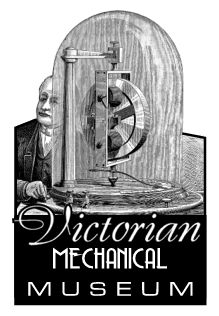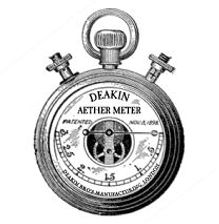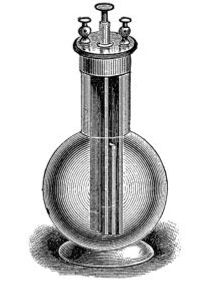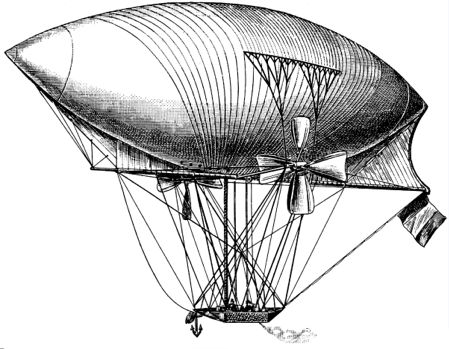History has left few records of the clock-heads. These mechanically deformed creatures terrified London slum dwellers throughout the late 1870s and early 1880s, but were largely considered fabrications by the police and newspaper reporters. One documented newspaper account of a clock-head incident (The London Evening Gazette; 19 September, 1879) characterized eyewitnesses as "greatly intoxicated with drink and revelry and inclined to exaggeration." According to a number of his friends, writer Wilkie Collins was fascinated by "clock-head gossip" as it potentially related to vivisection, the subject of his 1883 book Heart and Science. But he too ultimately dismissed the plausibility of such reports.
Geoffrey Hawkins and his associates took reports of clock-heads very seriously. From 1878 through late 1881, Hawkins employed a number of private investigators to pursue any and all information regarding the creatures. It was his hope to discover what person or collective was behind the creation and disposition of these human-mechanical augmentations.
On Christmas Eve, 1881, investigator Archibald Teddington delivered to Hawkins a human skull that had been discovered by a mudlark* along the banks of the Thames. It was the first tangible evidence of a clock-head that Hawkins was able to acquire. That skull, with its embedded mechanical constructs, was ultimately secured inside a small chest within the Hawkins Strongbox. It is presented here as Collection Item 5.
The skull was examined extensively by Berkley Vanderzee. It had three distinct augmentations: one large piece embedded in the forehead, a smaller piece drilled into the right side, and a final piece inside the right eye socket. The forehead piece confirmed the one physical trait nearly all clock-head witnesses agreed upon. It also matched the drawing produced by a prostitute in 1880 and forwarded to Hawkins by Henry Mayhew (Item 25). But most alarming to Vanderzee was what he found within the skull's front right ventricle: an active æther cell. This essentially confirmed Hawkins' long simmering suspicions that Dr. Enoch Cyncad was the mysterious and sinister force behind the clock-head monstrosities.
It would appear that the discovery of the skull most certainly lead to the formation of the Society of the Mechanical Sun less than three weeks later on 9 January, 1882. The skull itself can be seen in a photograph dated 27 December, 1881. The photo was apparently taken inside the Scientia Club in London. Berkely Vanderzee is pictured standing at a small table examining the skull.
*mudlark - "Groups of children spread over the banks were waiting till the river, exposed to its bed of sand, left bare on its banks tongues of damp mud, sullen promontories, which at regular distances ran at low water down into the stream. When the tide was perfectly low, these bands of boys, among whom I noticed girls, a few men, and many old women, scattered on both sides of the Thames over the exposed mud and among the vessels the tide had left high and dry. I there saw them waded up to their knees in the viscous mud covering the sand: they were mud-larks. It may be asked what these swarms of finders expect to find on these sterile spots : they collect in baskets pieces of coal, wood, nails, and, by extreme good luck, a few coppers. They are seen along the whole distance from Vauxhall to Woolwich: some of the children are not above six years of age: nearly all the old women have decrepid features, rendered even more hideous by their wretched rags; the boys all look rather wild and savage; their clothing generally consists of an old straw hat, a coloured shirfr, and trousers tucked up to the knees, though some of them do not possess what can be called a garment, but only rags scarce covering them."





















0 Observations:
Post a Comment